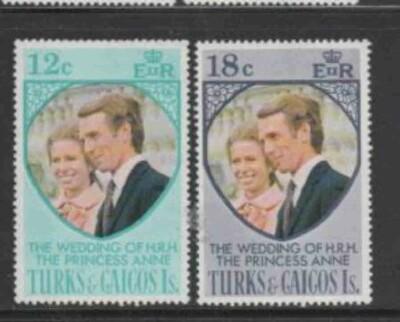The Life and Contributions of Princess Anne

Introduction
Princess Anne, the only daughter of Queen Elizabeth II and Prince Philip, Duke of Edinburgh, holds a crucial role in the British royal family. As the Princess Royal, she is known for her dedication to her royal duties and charity work. Anne’s life is significant not just because of her royal status, but also for her tireless commitment to public service and numerous charitable organisations.
Early Life and Education
Born on August 15, 1950, Princess Anne was educated at home before attending Benenden School. Growing up in the royal family, she learned the importance of duty and public service early on. Her equestrian skills were evident from a young age, and she eventually excelled in competitive horseback riding, culminating in her participation in the Olympic Games.
Public Role and Charity Work
Princess Anne’s public life is marked by her extensive involvement in various charities. She is the patron of over 300 organisations, with a focus on youth, education, and the welfare of animals. Anne has a hands-on approach to her charity work; she often attends events, raises funds, and champions causes personally. Notably, she founded the Save the Children Fund in the UK and continues to advocate for children’s rights and welfare.
Personal Life and Public Perception
Despite her royal duties, Princess Anne has maintained a relatively low profile when compared to other members of the royal family. She married Captain Mark Phillips in 1973, but the couple divorced in 1992. Anne later married Vice Admiral Sir Timothy Laurence, further showcasing her commitment to her personal relationships amid her responsibilities. Her straightforward nature and work ethic have led to a reputation for being one of the hardest-working royals.
Recent Events and Future Outlook
In recent years, Princess Anne has continued to engage in royal duties, including representation at public events and support for various charities. As the royal family adapts to modern challenges, Princess Anne’s role remains critical in enhancing engagement with the general public and promoting charitable initiatives. Her legacy of service is likely to inspire future generations, reflecting how royals can make a significant impact beyond their titles.
Conclusion
Princess Anne exemplifies the spirit of duty and dedication within the royal family. As she continues to serve the public, her contributions across various sectors indicate that the monarchy can align itself with pressing societal issues. The ongoing commitment to philanthropy and public service solidifies her position as an essential figure in the royal hierarchy, and her influence is expected to grow as younger royals look to her as a role model.
